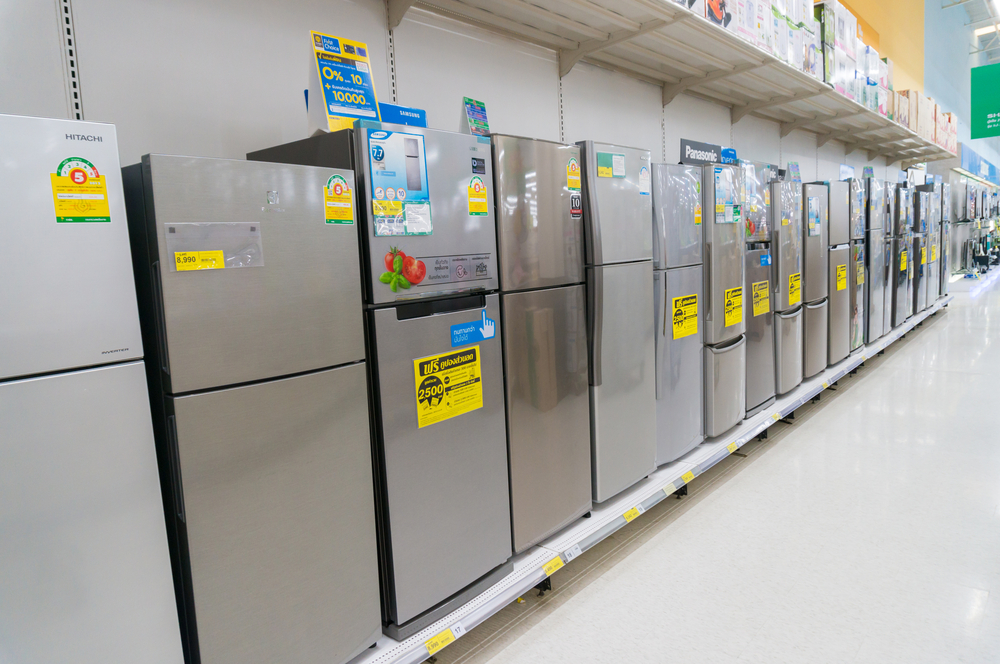Eyes on the Future: The Promise of Mixed Reality Technology
Mixed reality (MR) is a transformative tech trend that sits at the intersection of our physical and digital worlds. This technology merges real and virtual environments to produce new visualizations where physical and digital objects co-exist and interact in real time. In this article, we'll delve into the fascinating world of MR, tracing its beginnings, exploring its current applications, and projecting its future impacts.

Tracing the Origins of Mixed Reality
Mixed reality, a term first coined in 1994 by Paul Milgram and Fumio Kishino, is a part of a continuum that spans from the completely real to the completely virtual. The technology leverages the advancements of augmented reality (AR) and virtual reality (VR), combining the best of both worlds. MR allows users to interact with their environment in a completely new way, unlocking a multitude of opportunities across various sectors.
The Current State of Mixed Reality
MR has made significant strides since its inception. Tech giants like Microsoft, Google, and Apple have invested heavily in this technology, resulting in innovations like Microsoft’s HoloLens, Google’s Glass Enterprise Edition 2, and Apple’s ARKit. These devices have found applications in sectors ranging from healthcare and manufacturing to education and entertainment.
Microsoft’s HoloLens, for instance, is being used to offer hands-on training in high-risk industries like medicine and aviation. In the healthcare sector, MR is being used for surgical planning and patient education, allowing practitioners to visualize complex procedures before they happen.
The Financial Implications of Mixed Reality
Current market research suggests that the global mixed reality market, valued at $1.2 billion in 2020, is expected to reach $3.7 billion by 2025, growing at a compound annual growth rate of 27.3%. This growth is being driven by increasing demand in sectors like gaming, training and education, and healthcare. As the technology continues to improve and become more accessible, its market impact is expected to grow exponentially.
The Future of Mixed Reality
The future of MR appears promising, with several exciting developments on the horizon. For instance, Microsoft recently received a contract worth $21.9 billion from the US Army to provide 120,000 HoloLens-based headsets. This deal signifies the potential of MR in military training and battlefield scenarios.
Aside from military applications, MR is also expected to revolutionize the retail and e-commerce industries. Imagine trying on clothes, testing out furniture, or even touring a house for sale, all from the comfort of your living room. This kind of immersive shopping experience could become the norm sooner than we think.
Concluding Thoughts
Mixed reality is at the forefront of a technological revolution, merging the best of our physical and digital worlds. As the technology continues to evolve, its potential applications are expanding into diverse sectors. With tech giants investing heavily in MR, we can expect to see more innovative uses of this technology in the near future. As we look ahead, the promise of mixed reality is a tantalizing glimpse of the incredible potential of tech to reshape our world.




